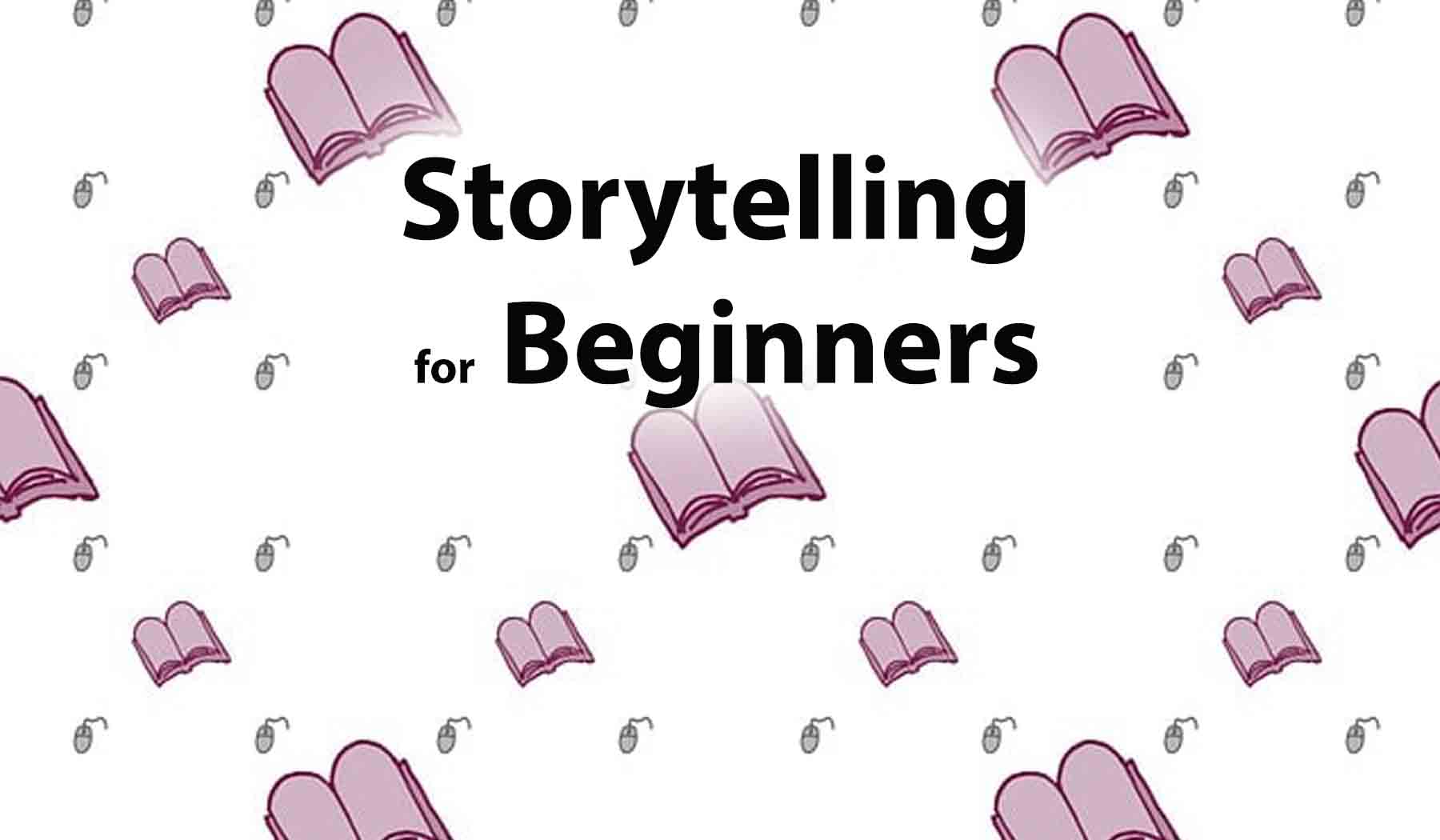Storytelling is an art that has captivated human beings since ancient times.
From campfire tales to epic legends, stories have been a fundamental way of sharing experiences, passing down knowledge, and evoking emotions.
In this blog post, we will delve into the world of storytelling for beginners.
Whether you aspire to be a writer, a public speaker, or simply want to enhance your communication skills, this guide will provide you with actionable steps and proven tips to become a compelling storyteller.
1. Understand the Basics of Storytelling
Before embarking on your storytelling journey, it’s crucial to grasp the fundamental elements that make a story engaging and memorable.
These basics include:
- Characters: Create relatable and well-developed characters that your audience can connect with emotionally.
- Setting: Paint a vivid picture of the story’s environment, allowing your audience to immerse themselves in the narrative.
- Conflict: Introduce challenges and obstacles that your characters must overcome, driving the plot forward.
- Resolution: Conclude the story with a satisfying and meaningful resolution that leaves a lasting impression.
2. Know Your Audience
A successful storyteller tailors their narrative to resonate with their specific audience.
Consider the following when crafting your story:
- Demographics: Understand the age, background, and interests of your audience to ensure your story is relatable.
- Emotional Triggers: Identify the emotions you want to evoke in your audience and align your story accordingly.
- Relevance: Make sure your story is relevant to your audience’s experiences and concerns.
3. Develop a Compelling Plot
The plot is the backbone of any good story.
To create a compelling plot:
- Outline: Plan the sequence of events in your story from beginning to end, ensuring a logical flow.
- Twists and Turns: Incorporate unexpected twists and turns to keep your audience engaged.
- Tension Building: Gradually increase the tension and suspense, making the climax even more impactful.
4. Use the Power of Emotions
Emotions are the heart of storytelling.
To connect deeply with your audience:
- Show, Don’t Tell: Instead of stating emotions outright, use descriptive language to evoke feelings.
- Empathy: Put yourself in your characters’ shoes to convey authentic emotions.
- Use Humor and Drama: Balance lighthearted moments with dramatic or emotional ones to keep the audience engaged.
5. Incorporate Vivid Imagery
Transport your audience into the world of your story by painting vivid images with your words:
- Sensory Language: Describe sights, sounds, smells, tastes, and textures to create a multisensory experience.
- Metaphors and Similes: Use metaphors and similes to draw compelling comparisons and enhance your storytelling.
- Symbolism: Incorporate symbolic elements to add depth and meaning to your narrative.
6. Engage with Dialogue
Dialogue brings your characters to life and adds dynamism to your story:
- Natural Conversations: Craft dialogues that feel authentic and true to each character’s personality.
- Pacing: Use dialogue to control the pacing of your story, speeding up or slowing down when necessary.
- Subtext: Infuse hidden meanings and subtext in conversations, creating intrigue and complexity.
7. Practice, Seek Feedback, and Refine
Becoming a skilled storyteller takes practice and refinement:
- Write Regularly: Dedicate time to writing and experimenting with different styles and genres.
- Seek Constructive Feedback: Share your stories with others and be open to critiques and suggestions.
- Iterate and Improve: Continuously refine your storytelling techniques based on feedback and personal growth.
8. Study Master Storytellers
Learning from the masters can inspire and teach you valuable lessons:
- Read Widely: Immerse yourself in various genres and authors to expand your storytelling horizons.
- Analyze Favorite Stories: Dissect your favorite stories to understand what makes them so captivating.
- Attend Storytelling Events: Participate in storytelling events or listen to podcasts featuring skilled storytellers.
9. Examples of the World’s Best Storytellers
Learning from the masters of storytelling can provide valuable insights and inspiration for aspiring storytellers.
Let’s take a look at some of the world’s most renowned storytellers:
1. J.K. Rowling
Famous for: The “Harry Potter” series
J.K. Rowling’s magical world of wizards and witches has captured the hearts of millions worldwide. Her ability to create a richly detailed and immersive universe, complete with compelling characters and intricate plots, makes her a true master storyteller.
2. Ernest Hemingway
Famous for: “The Old Man and the Sea”
Ernest Hemingway was a master of concise and impactful storytelling. His minimalist writing style, combined with deeply emotional themes, has left a profound influence on the literary world.
3. Chimamanda Ngozi Adichie
Famous for: “Half of a Yellow Sun”
Chimamanda Ngozi Adichie is celebrated for her powerful storytelling that often explores themes of identity, race, and gender. Her evocative prose and nuanced character portrayals have earned her critical acclaim and a dedicated global following.
4. Roald Dahl
Famous for: “Matilda,” “Charlie and the Chocolate Factory”
Roald Dahl’s whimsical and imaginative stories have enchanted generations of young readers. His ability to transport children to fantastical worlds while addressing real-life issues sets him apart as a brilliant storyteller.
5. Maya Angelou
Famous for: “I Know Why the Caged Bird Sings”
Maya Angelou was not only a renowned poet but also a gifted storyteller. Her autobiographical works, including her groundbreaking debut, “I Know Why the Caged Bird Sings,” masterfully combined the personal and the universal, resonating deeply with readers.
6. Neil Gaiman
Famous for: “American Gods,” “Coraline”
Neil Gaiman is celebrated for his skillful blending of fantasy, mythology, and dark whimsy. His stories are imbued with a sense of wonder and mystery, making them captivating for readers of all ages.
7. Haruki Murakami
Famous for: “Norwegian Wood,” “Kafka on the Shore”
Haruki Murakami’s surreal and dreamlike narratives have earned him a devoted global following. His unique storytelling style, often blurring the lines between reality and fantasy, has made him an influential figure in contemporary literature.
8. Toni Morrison
Famous for: “Beloved,” “Song of Solomon”
Toni Morrison’s storytelling prowess lies in her ability to explore complex themes of race, history, and identity while crafting deeply moving and lyrical prose. Her works continue to leave a profound impact on readers and writers alike.
9. Stephen King
Famous for: “The Shining,” “It”
Stephen King is the undisputed master of horror and suspense. His gripping narratives and well-developed characters have made him one of the most widely read and influential authors of our time.
10. Hans Christian Andersen
Famous for: “The Little Mermaid,” “The Ugly Duckling”
Hans Christian Andersen’s timeless fairy tales have been enchanting readers for centuries. His ability to convey powerful moral lessons through captivating storytelling makes him an enduring figure in literature.
Storytelling is an Enchanting Art that can leave a Lasting Impact on both the Teller and the Audience
By understanding the basics, knowing your audience, developing compelling plots, harnessing emotions, using vivid imagery, engaging with dialogue, and continuously refining your skills, you can embark on a fulfilling journey as a beginner storyteller.
Embrace the power of storytelling and let your imagination weave tales that will captivate hearts and minds.








